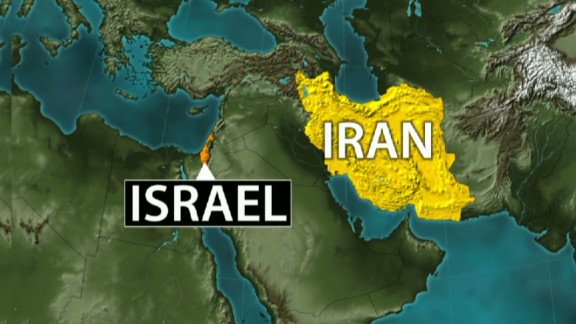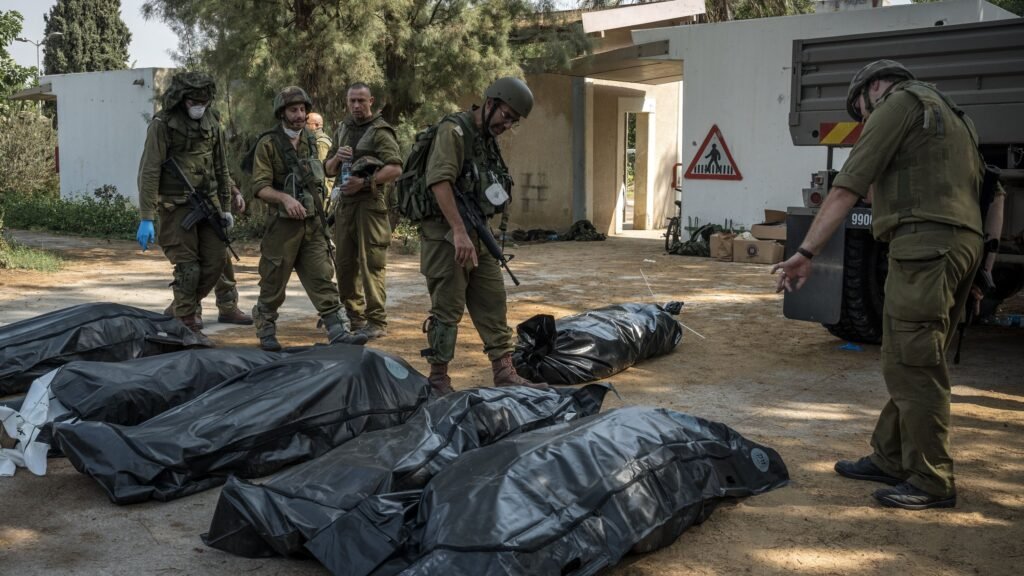
Since June 13, 2025, when Israel launched a surprise attack on Iran, the conflict between the two nations has claimed over 400 lives in Iran, with thousands injured, according to Iran’s health ministry. The war, now in its second week, has seen intense missile and drone exchanges, escalating fears of a wider regional crisis. For Indians, this conflict may seem distant, but it affects global oil prices and regional stability, which can impact India’s economy and its citizens in the Middle East. Here’s a simple breakdown of what’s happening.

How Did the Conflict Start?
On June 13, Israel began airstrikes targeting Iran’s nuclear facilities, military bases, and key commanders, claiming Iran was close to developing nuclear weapons. The operation, called “Rising Lion,” killed top Iranian military leaders and nuclear scientists. Iran responded with missile and drone attacks on Israeli cities like Tel Aviv and Haifa, calling it “True Promise 3.” Both sides have continued trading attacks, with Israel claiming control over Iran’s airspace and Iran vowing strong retaliation.
The Human Cost
Iran’s health ministry reports over 400 deaths and 3,056 injuries since the conflict began, with most casualties being civilians, including 54 women and children. In Israel, 24 people have been killed, also mostly civilians, with nearly 600 injured. Key incidents include:
- In Iran: Israeli strikes hit Tehran’s residential areas, a fuel depot, and a state TV studio, killing a broadcaster. A 14-storey apartment block in Tehran was flattened, killing 60 people, half of them children.
- In Israel: Iranian missiles struck Bat Yam, killing six, and Tamra, where four women died. A hospital in Beersheba was hit, injuring 32, though Iran claimed it targeted a nearby military base.

Why Is This Happening?
Israel says it attacked to stop Iran from building nuclear bombs, citing Iran’s stockpile of enriched uranium. Iran denies these claims, insisting its nuclear program is for peaceful purposes. The International Atomic Energy Agency (IAEA) has criticized Iran for not cooperating fully but hasn’t confirmed it’s building weapons. Tensions have grown for decades, with Iran supporting groups like Hezbollah and Hamas against Israel, while Israel views Iran as a threat to its existence.
Global Reactions and India’s Stake
US President Donald Trump has urged a ceasefire but hinted at possible US involvement, causing concern in Iran. European leaders are pushing for diplomacy, while India has called for restraint to avoid further escalation. As a major oil importer, India could face higher fuel prices if the conflict disrupts Middle Eastern supplies. Indian workers in the Gulf also face risks if the war spreads.
What’s Next?
Iran’s Foreign Minister Abbas Araghchi has warned that US involvement could be “dangerous for everybody,” while Israel’s Prime Minister Benjamin Netanyahu vows to continue strikes until Iran’s nuclear threat is eliminated. With civilian deaths rising and no ceasefire in sight, the conflict could destabilize the region further. For Indians, staying informed is key, as this war’s ripple effects could reach our shores through economic and security challenges.
Last Updated on: Saturday, June 21, 2025 11:26 pm by Sri Hari Priya Rayaprolu | Published by: Sri Hari Priya Rayaprolu on Saturday, June 21, 2025 11:26 pm | News Categories: News, Trending

Leave a Reply